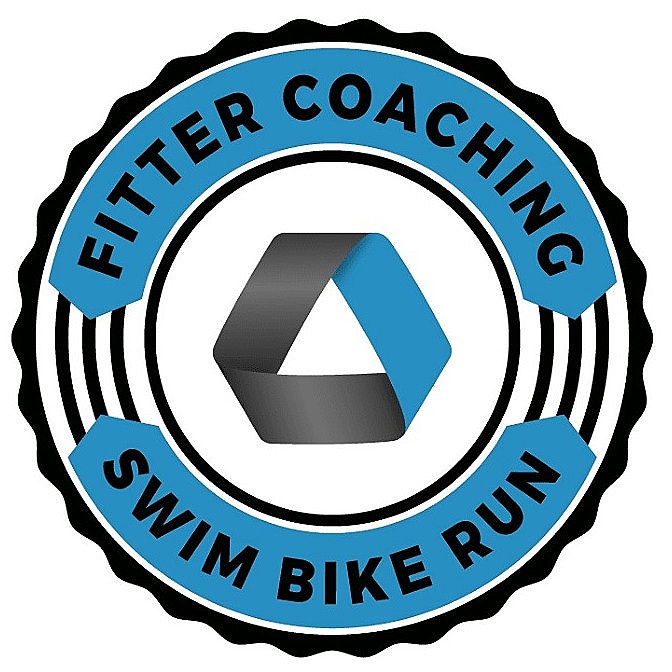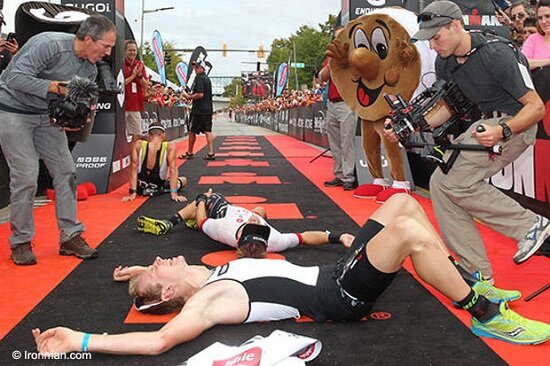Race Warm Ups and Cool Downs - Are they necessary?
Race warm ups and cool downs have certainly been an ingrained part of sports life since I can remember, and I know this has been the case since well before my time. But what if we (as in me with scientific backup) were to challenge that paradigm for race warm ups and cool downs and how it affected performance.
A short history of warm ups and cool downs:
The consideration of a warm up had many different layers, a key one for endurance performance being to harness the metabolic and neuromuscular effects of raised muscle temperature. This in turn enhances muscle suppleness which, in theory, decreases injury risk. Another effect is to utilise post activation potentiation (PAP), which is the enhancement of strength and speed following intense muscle contractions. And lastly, we look to warm up because it’s routine - a psychological process which many of us have engaged in and which gives us a chance to bring focus and attention to what we’re about to perform.
For cool downs, we have historically used them post race/event to physiologically and psychologically recover, to allow us to perform better at subsequent competitions and reduce the risk of injury. The most common warm down across sports is 5 to 15 mins of low to moderate aerobic activity followed by static stretching and rolling within 1 hour of performance.
The aim of the aerobic activity is to increase blood flow to the muscle, to remove lactate and metabolic by-products, to enhance the restoration of vagal and sympathetic tone, enhance muscle glycogen resynthesis, attenuate muscle stiffness, improve neuromuscular and contractile properties and accelerate muscular recovery. Other modalities such as stretching and rolling are also used to try and reduce muscle soreness and improve range.
The physiology, what we know now:
THE WARM UP:
There is plenty of scientific evidence for all the above effects - a recent review in 2015 with 170 studies found this, with the strongest evidence of specific warm ups aiding sprint and power based sports. However, within endurance sport studies we are starting to find a trend of little to no performance benefit of warm up. It seems the longer the event, the less effect that warm up has on performance.
Studies such as this Spanish study, found that warm up did not influence the performance trends of a 20 min Time Trial cycling power output. In their study they used three different warm ups. These warm up protocols were no warm up; a 10 min cycle at 60% VO2max; 5 mins at 60% VO2max and 3 x 10 second sprints all out (PAP). What they did find was that the two active warm ups did increase jump height performance by 9.7% for the 10 min cycle and 12.9% for the warm up involving PAP. They also found that those who warmed up performed better over minutes 0-3 of the time trial but paid for this later on in the 20 min effort, so a cost to their overall pacing.
Another study in Norway also found minimal effects of warm up modality on performance over a cross country skiing sprint event of 1.3km or 3.5 minutes. In this study they tried to harness the neuromuscular benefits of raising muscle temperature whilst mitigating cumulative fatigue. To do this they compared a traditional 30 min warm up interspersed with moderate and high intensity effort, with a warm up which was simply 8 x 100m sprints which got progressively harder with 1 min rest. What they didn’t compare here was a control of no warm up at all.
You can also look to these two studies for further facts of the lack of impact of warm up on performance: a study on 5km cycling performance and one on a 30’ running time trial.
ACTIVE COOL DOWNS:
As you find with many physiological variables, the research is often confounded. Recovery is also very multifactorial and very much depends on the level of stress the body has been put through based on duration and intensity. From what we can gauge the research suggests that in terms of same day or next day performance it is inconclusive that active recovery improves performance. The areas in which active recovery conclusively plays a part is in removing blood and muscle lactate, but from a practical perspective this may actually not be the cause of muscle acidosis and therefore not worthwhile. We also know that it does enhance the recovery of the cardiovascular and respiratory systems, but it’s unknown whether or not this decreases the counts of syncope and complications. We also know that sustained aerobic exercise post-race of >30 minutes can negatively affect glycogen resynthesis, and that from a psychological point of view athletes will err to the side of active recovery as they ‘feel’ it’s beneficial.
What does this mean for Triathletes?
Overall, we have to consider the warm up modality and in particular the metabolic cost of the warm up - whether it will use up some of those finite energy reserves and leave you with traces of metabolic fatigue. This is even more so in hot conditions where raising your core temperature prematurely will slow you down sooner. We tracked this at the Tokyo test event last year where even with cooling strategies and the simplest of warm ups core temperatures still increased by 1 degree.
I have seen a variety of warm ups during my time across the different race formats of Triathlon generally seeing that the shorter the event, the greater the warm up in preparation for the event. With the science at hand you would say that even the shortest of events - the Mixed Team Relay (around 20 mins) - may not benefit from a warm up. However, in the context of it being a dynamic event you may need to be able to sprint very quickly within the first 100m to make the group, before being able to sit back in, draft and physiologically recover. So in the context of this race, intensity of warm up could be very valuable.
Some would argue that they would want this same fast effect off the line in a half or full distance IRONMAN to avoid the melee of people. But with more rolling starts and the proven negative effect of a fast first 3 minutes on overall pacing, it would be foolish to warm up and set off like you’re doing a 100m sprint, creating a metabolic cost from the start of your race.
My recommendation for a half or full IRONMAN? Gentle arm swings thinking about range of motion over metabolic priming. I would use this light motion to help bring attention to the race and psychologically bring yourself into the moment. This is not to say I would abolish warm ups all together if you feel it’s an important part of your psychological preparation. But I do think it would mean you don’t need to panic if you run out of time after spending too much time in transition – physiologically you will be OK!
In terms of cool down, it isn’t very often that we see active recovery taking place post a half or full distance IRONMAN, due to the obvious total drain on the metabolic, cardiovascular and muscular systems. Often it is massage or rollers for these athletes, or very light exercise the next day to get moving again.
For Olympic or sprint distance triathlons I would recommend dynamic activities performed at a low to moderate metabolic intensity to increase blood flow, short enough to prevent the development of substantial additional fatigue or substantial interference with glycogen re-synthesis. I would also recommend this same process for the day after a half or full IRONMAN if you can move!
Tim Brazier | April 2020


